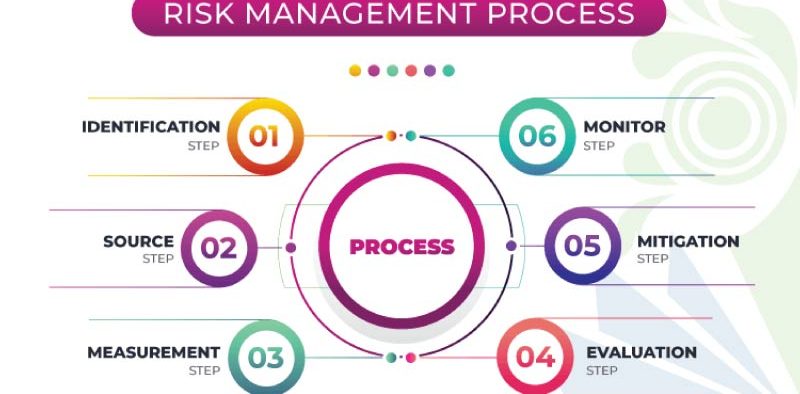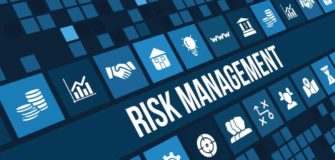Steps Involved in Risk Management Process

The risk management process is a framework for the actions that need to be taken. To manage the risk a total of five steps are necessary to take. The Risk Management Process involves these steps. These steps involve defining risks, then analysing them, then prioritises them, implements a response, and finally monitors them. In manual systems, each step involves a lot of documentation and administration. Next is to implement these measures on the basis of the digital world.
Step 1: Identify
Firstly, we recognise the threats that the company faces in its current operational environment. There are many different types of risks – legal risks, environmental, market, regulatory, and much more. It is important to identify as many of these risk factors as possible. Manually the risks are noted in a manual environment as well as the organization has a risk management solution employed all this information is inserted directly into the system. The advantage of this approach is that these risks are now visible to every stakeholder in the organization with access to the system. Rather than being locked away in a report that must be submitted by email; anyone interested in seeing the threats have been detected will access the details in it.
Step 2: Analyze:
It is necessary to assess risk after it has been detected. Calculation of the risk’s scope comes next. It is also important to understand the link between it and different factors within the organization. To determine the severity and seriousness, it is necessary to see how many businesses function the effects.
Step 3: Evaluate or Rank:
Thirdly, prioritization of risk is important. Furthermore, most risk management solutions have different categories of risks, depending on the severity of them. A risk that may cause some inconvenience is rated lowly, it can result in catastrophic loss are rated the highest. It is important to rank risks because it allows the
organization to gain a holistic view of the risk exposure of the whole organization.
Step 4: Treat the Risk:
Fourthly, the elimination and containment of every risk should be as much as possible. This is done by connecting with the experts of the field to which it belongs. In a manual environment, this entails contacting each and every stakeholder and then setting up meetings so everyone can talk and discuss the issues.
Step 5: Monitor and Review:
Lastly, Not all risks can be eliminated – some risks are always present. Moreover, market risks and environmental risks are just two examples of risks that always need to be monitored. Under manual systems monitoring happens through diligent employees. These professionals must make sure that they keep a close watch on all factors. Under a digital environment, the risk management system monitors the entire framework of the organization. If any factor or changes, it is immediately visible to everyone.










